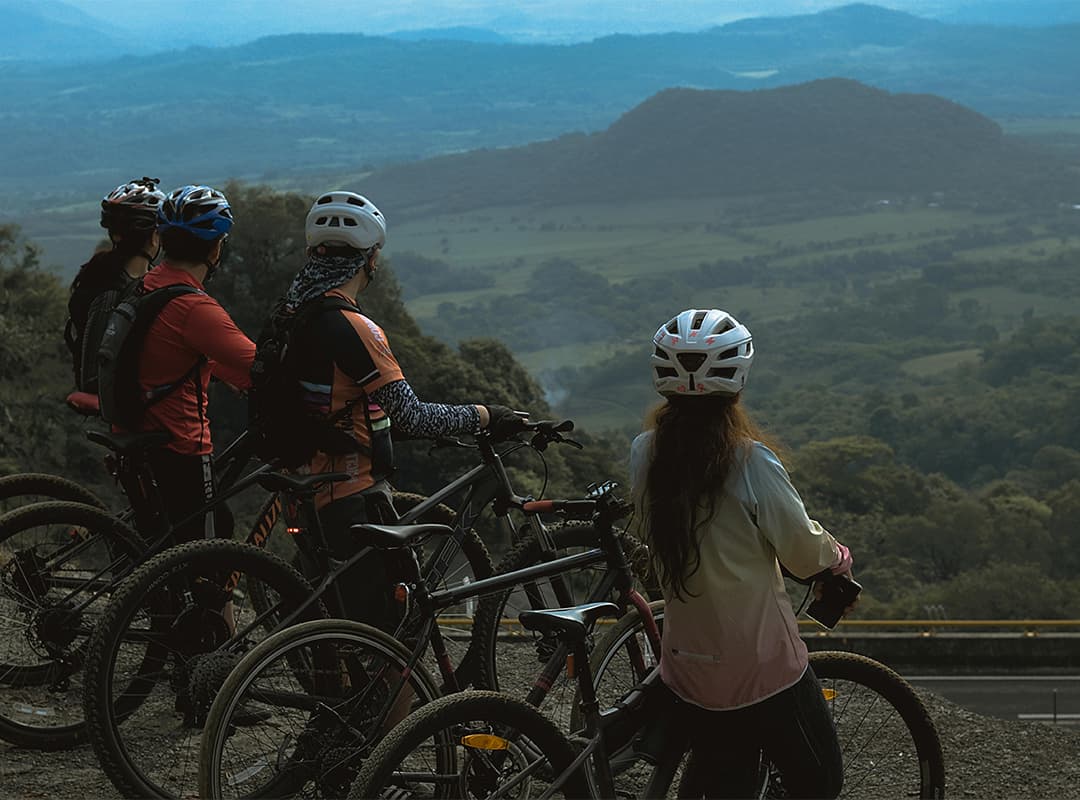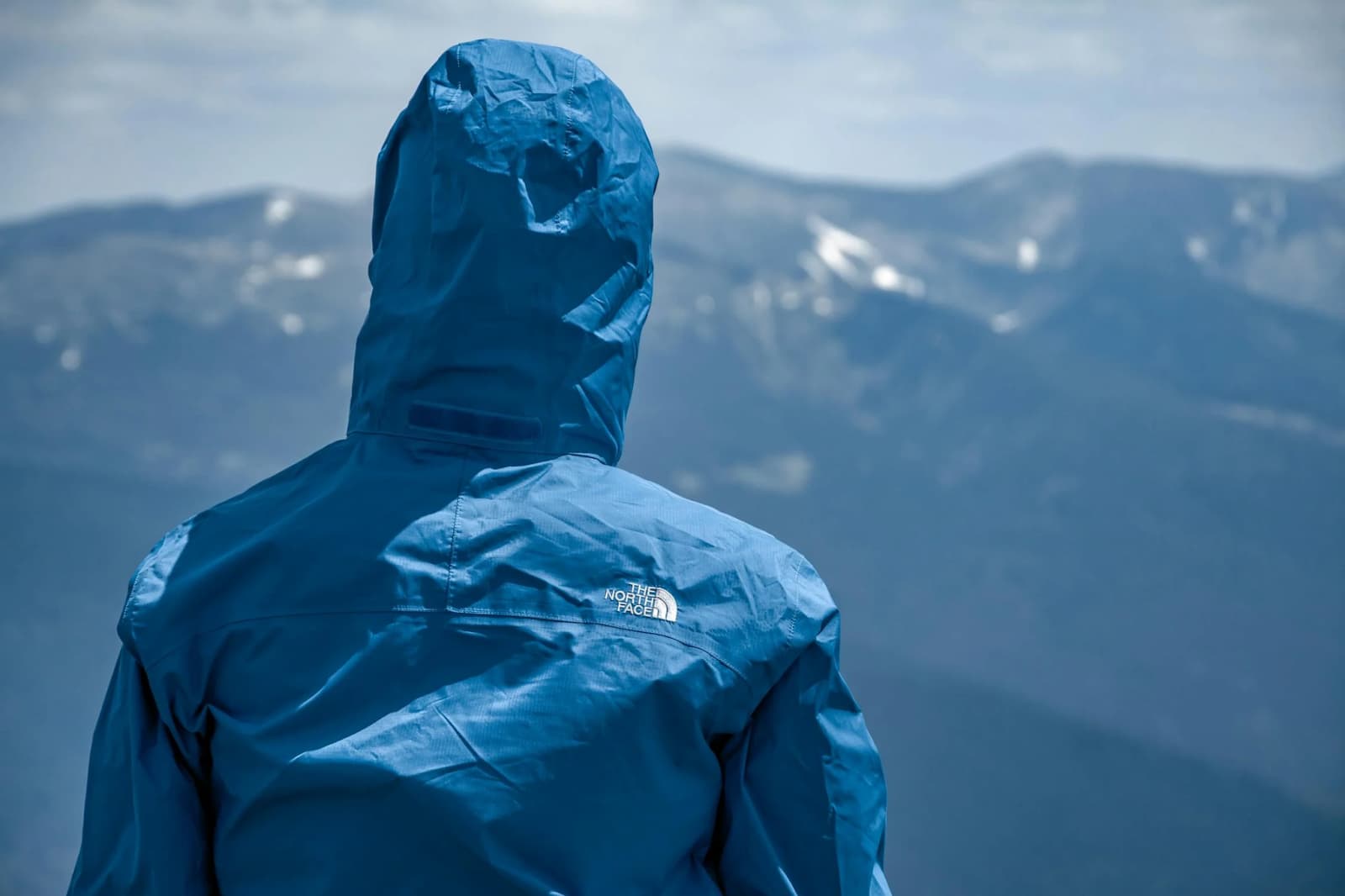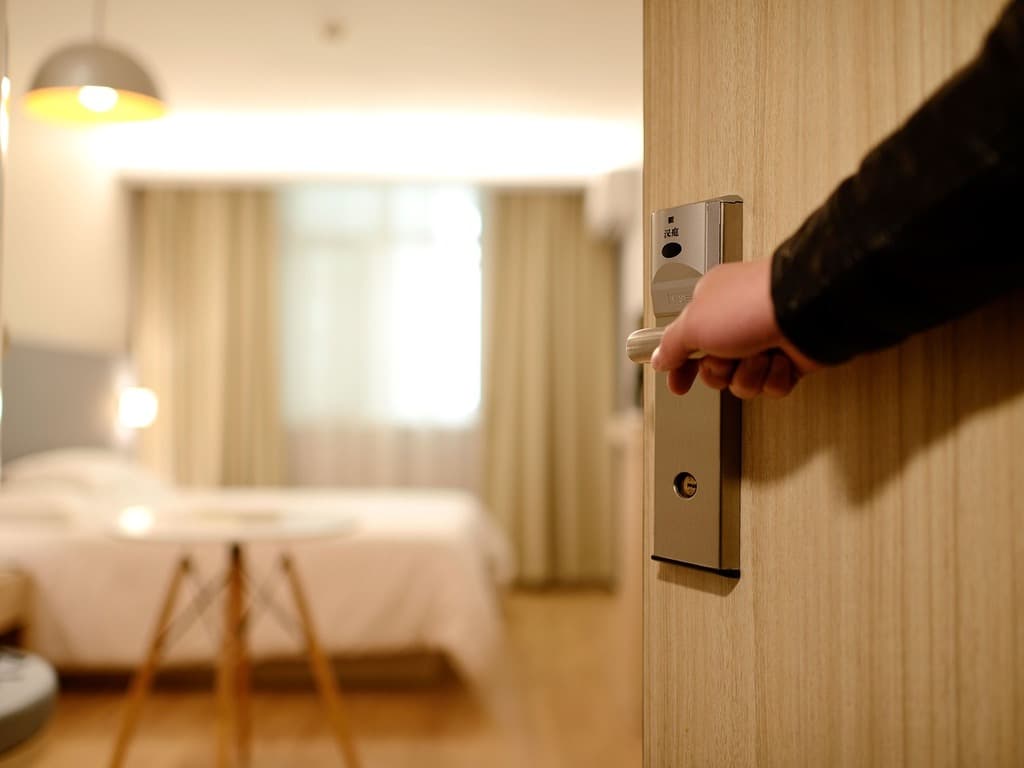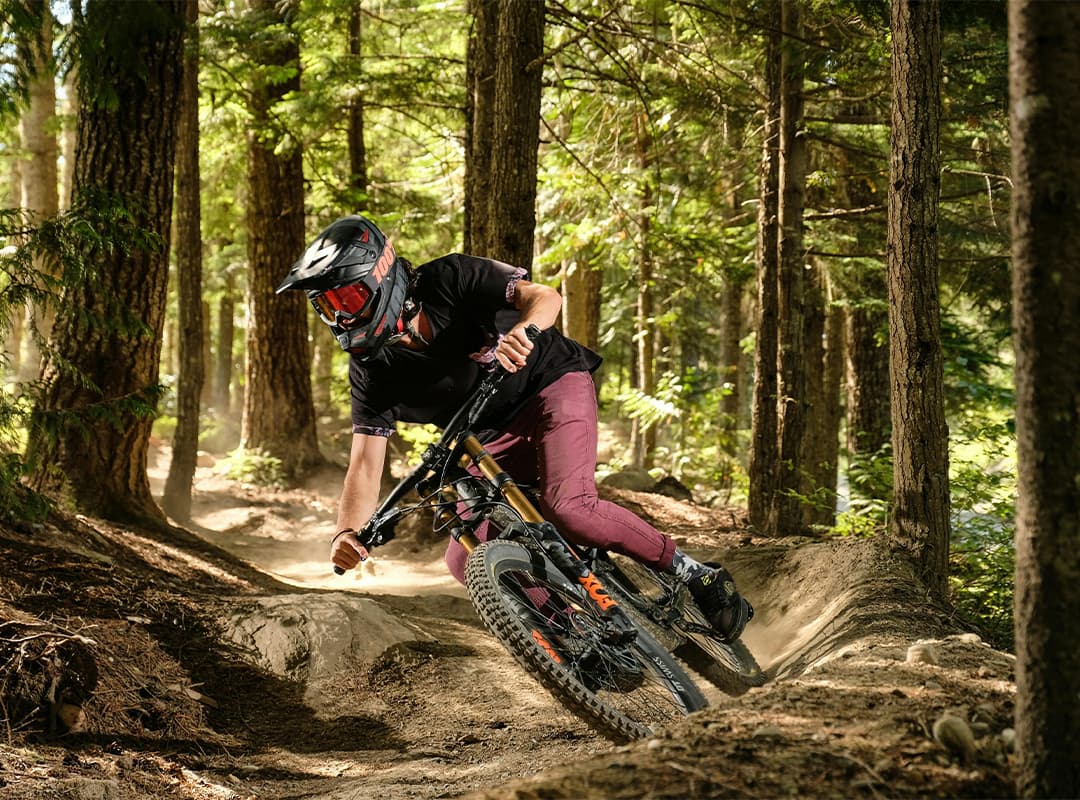If you want to get faster on a bike and humanly a little better, try your hand at a bike tour of the Colorado mountains – Ride The Rockies. This was my 3rd time riding this tour and I recommend it to everyone. By the end of the tour, you will be a meaningfully stronger and more skillful cyclist and see some of the most beautiful places in the US.
The tour is 7 days long. It is always held in Colorado in early June, but the course changes from year to year. The maximum stage length is 150km and the minimum is 80km. The maximum daily altitude gain is 2500 meters, the minimum is 800 meters. If that’s not enough for you, you can add more -) This year we climbed several times to almost 4000 meters (the iconic Independence Pass) where the temperature was close to zero.
Each day the tour moves from one small pretty town to another. Ride The Rockies is now in its 34th year and everything has been thought out. The tour is organized like a military operation, but for peaceful purposes. It amazes me how well thought out everything is. I have never felt so safe on the roads.
There are about 2,000 people participating in the tour. The cost to participate is only about $600. In comparison, it costs over $2,000 to participate in the Haute Rout Rockies race. The cost includes support on the course, an overnight stay in a school or tent, and transportation of belongings. Those flying in from other locations are picked up from the Denver airport and returned there as well.
Unlike traditional bike races, in a tour, your time is not taken into account. You can choose when to start in the morning (usually between 6 and 8 a.m. Some start even earlier), how fast to ride, whether to ride as a group or solo. Within a stage you can do your own bike work – pace, MPK and of course long aerobic work. This format is great for triathletes and not-so-experienced sports enthusiasts. 90% of the participants are over 40 years old. In the States, few guys younger can afford such a week away from home. And not because of money, but because of work and family commitments.
The tour goes to some very beautiful places, including national parks, ski resorts, and very small places you would never get to otherwise. I tried to run every day and went to yoga almost every day. It’s interesting that even in a town of 2000 people there is a yoga studio.
All the stages are perfectly marked and you won’t get lost. Imagine that on the route of 160 km. every turn is marked with arrows, cracks in the asphalt are circled, so you can see them from afar! I’ve never seen anything like this at any Ironman start.
In dangerous places there are volunteers with flags to warn you in advance. As people travel at different speeds, the tour column stretches for about 30 to 50 kilometers. There are several police officers on motorcycles and 8 official escort cars along the way, who can pick you up if you have a breakdown. If you are tired and can’t ride at all, you and your bike will be picked up and taken to the finish line.
In addition, there is an ambulance and about 50 medical volunteers who are also riding this tour. In the mornings, we are escorted out of each town by police officers, blocking the roads for motorists. It is nice to drive out of the city on the blocked roads. On the route every 25-30 km. there are Aid stations that have water, restrooms, you can buy food from local vendors and even smoothies and burritos. At some stations there is a DJ who plays and holds raffles for small prizes.



